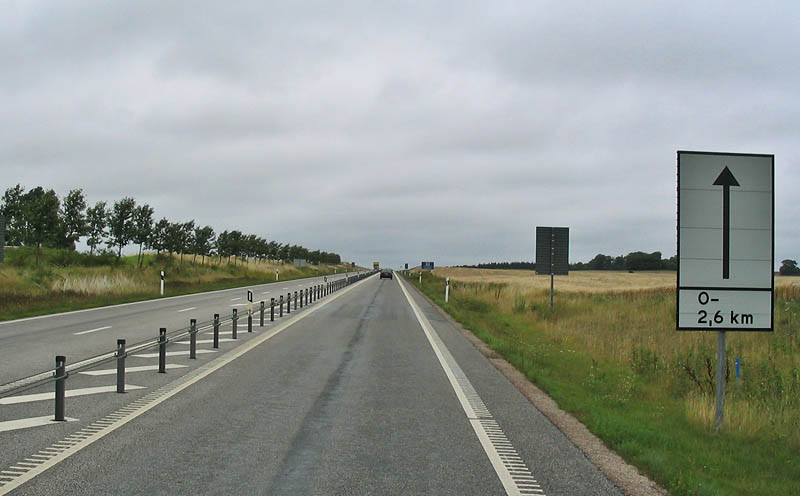The MTO doesn't generally renumber existing highways (the odd exceptions were 85 to 86 and back to 85 in Kitchener-Waterloo and
Highway 666 to 658).
The MTO does not give out 400-series numbers to short freeway sections of much longer routes (ie EC Row Expressway, once part of Highways 2 and 18, Conestoga Parkway and Kitchener-Waterloo Expressway, parts of 7, 8 and 85 respectively.) The freeway section of Highway 7 between Kanata and Carleton Place is a good example. But Highways 400 and 417, which were built as independent routes, replaced Highways 69 and 17 as they are extended on their alignments. I expect Highway 7 new between Guelph and Kitchener to be called Highway 7, and not given a 400-series highway number.
But if Highway 35/115 was converted from RIRO to full freeway, I could see it renumbered as 415 as it is an independant route and being a full freeway throughout. The precedent being Highway 416 - which was partially built as an upgrade of Highway 16, but also with a new alignment in Ottawa and at Johnstown.
I can't see Highway 15 ever needing to be upgraded to full freeway. There are a few things that I think might be useful, perhaps a new alignment towards Highway 401 with a new interchange (or a reroute via an upgraded Joyceville Road). Maybe extend the Highway 7 freeway south of Mississippi Lake as far as Perth (but only to Perth) with a new Highway 15 exit and alignment to meet it. That would be it. So I'd forget worrying about ever reserving 415 for 15.





